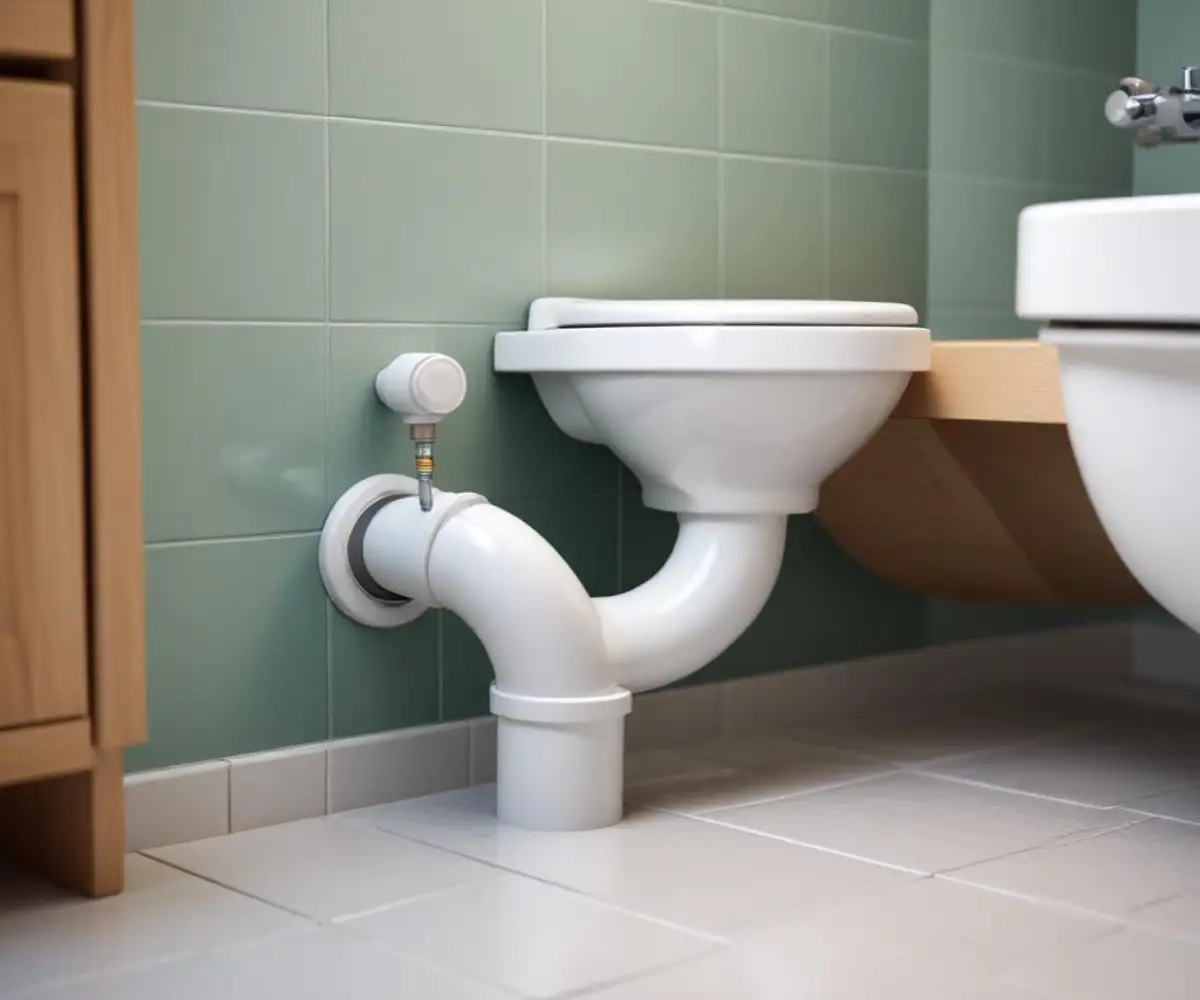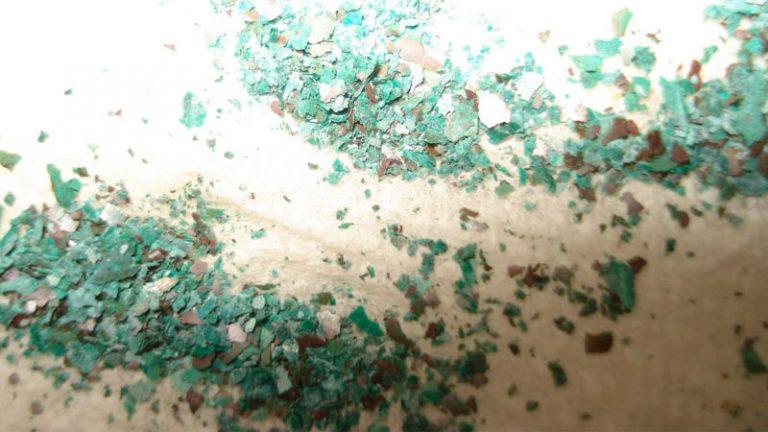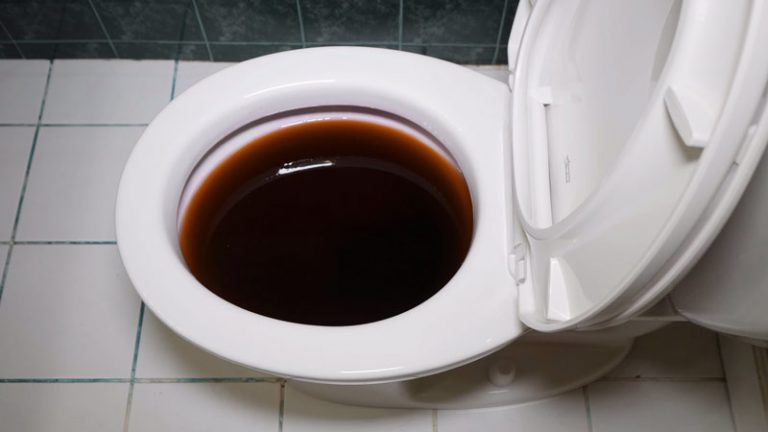House Smells Like Farts? 7 Alarming Reasons & How to Fix It!
There’s no delicate way to put it: your house smells like farts. It’s an embarrassing, unpleasant, and deeply worrying problem that can make you want to avoid your own home. More importantly, that distinct “rotten egg” or sulfurous odor is often your home’s way of screaming that something is seriously wrong.
Ignoring this smell can have consequences ranging from ongoing foul odors to significant health risks and expensive repairs. This comprehensive guide will help you diagnose the source of the smell, provide actionable steps to eliminate it, and ensure your home is safe and pleasant once again.
You'll Learn About
Why You Can’t Ignore That Fart Smell: Understanding the Dangers
The smell we often associate with farts or rotten eggs is typically caused by hydrogen sulfide gas. This gas is a byproduct of decaying organic matter and is a primary component of sewer gas. While unpleasant in low concentrations, high levels of exposure to sewer gas can lead to symptoms like headaches, dizziness, and nausea.
In some cases, a similar rotten egg smell is used as an additive for natural gas or propane to alert you to a dangerous leak. Therefore, this is not an odor to mask with air fresheners; it’s a critical warning sign that requires immediate investigation.
Pinpointing the Source: Common Culprits Behind the Odor
Finding the exact cause is the first step to reclaiming your home. The smell could originate from several sources, from simple plumbing quirks to serious infrastructure problems.
1. Sewer Gas Leaks: The Most Likely Offender
Your home’s plumbing system is designed to be airtight, using water barriers and vents to keep sewer gas safely contained. When any part of this system fails, that foul-smelling gas can find its way into your living space.
Dry P-Traps: The most common cause of a sudden sewer gas smell is a dry P-trap. This is the U-shaped pipe located under every sink and drain in your home. Its purpose is to hold a small amount of water at all times, which creates a seal that blocks gas from the sewer line from rising up the drain.
If a drain isn’t used for a long time—like in a guest bathroom or a basement floor drain—the water in the P-trap can evaporate. This breaks the seal and allows sewer gas to flow freely into your home. This is a very common issue in new construction homes before all drains have been used regularly.

Cracked or Clogged Vent Stacks: Your plumbing system has vent pipes that run through your walls and exit through the roof. These vents allow sewer gas to escape harmlessly outside and regulate the pressure in your drain lines. If a vent becomes clogged with leaves, debris, or even a bird’s nest, or if it cracks, the gas can be forced back into your home through the drains.
Faulty Toilet Wax Ring: Every toilet has a wax ring that creates an airtight seal between the base of the toilet and the drainpipe in the floor. If this ring fails due to age, improper installation, or the toilet becoming loose, it can allow sewer gas to seep out around the base of the toilet.
2. Natural Gas or Propane Leaks: A Serious Danger
This is the most dangerous potential cause and must be ruled out first. Natural gas and propane are naturally odorless. To make leaks detectable, utility companies add a chemical called mercaptan, which has a distinct sulfur or rotten egg smell. It’s similar to sewer gas but often described as more “skunky.”
If you smell this odor, especially near a gas appliance like a stove, furnace, or water heater, and you hear a faint hissing sound, you must act immediately. Do not use any electronics, light switches, or open flames.
3. Plumbing Problems Deep in Your System
Sometimes the issue lies deeper than a simple dry trap or a failed wax ring. A breach in your main sewer line can cause persistent and powerful odors.
Main Sewer Line Cracks or Clogs: The main sewer line carries all the wastewater from your home out to the municipal sewer or your septic tank. If this line becomes clogged or is cracked by tree roots, shifting soil, or age, sewage can back up. This pressure forces sewer gas into your home, and you may notice multiple slow drains or gurgling toilets along with the smell.
4. Well Water Contamination
If your home uses well water, the water itself could be the source of the smell. Certain types of sulfur bacteria can thrive in groundwater and within your well system. These bacteria feed on decaying organic matter and produce hydrogen sulfide gas as a byproduct, infusing your water with a rotten egg smell.
The smell is often most noticeable when running hot water, as heating the water releases more of the trapped gas. This issue is generally not harmful but is extremely unpleasant.
5. HVAC System Issues
In some cases, the smell isn’t coming from your plumbing at all but is being distributed by your heating and cooling system. A dry drain trap in a floor drain near your HVAC unit can be a prime suspect. When the system runs, it can pull sewer gas from the dry drain and circulate it throughout the entire house.
In other cases, you might be dealing with different unpleasant smells. For instance, a distinct crayon-like smell in the house can sometimes point to an overheating electrical component within the HVAC system, which is a separate but equally urgent issue to investigate.
6. Hidden Decay
While less common, the smell could be from a source of decay within the home’s structure. Unfortunately, this sometimes includes a rodent or other pest that has died inside a wall, ceiling, or ventilation duct. The decomposition process releases gases that can be mistaken for sewer gas.
7. The Effect of Weather
Changes in atmospheric pressure can temporarily affect your plumbing vents. During periods of low barometric pressure, such as before a storm, the air outside is heavier. This can sometimes hinder the proper venting of sewer gases, causing them to build up and enter your home through weak points in the plumbing system.
To help you quickly assess the situation, refer to the table below.
| Potential Cause | Common Location | Smell Characteristics | Risk Level | Quick Solution |
|---|---|---|---|---|
| Dry P-Trap | Unused bathrooms, floor drains | Classic sewer gas/rotten egg | Low | Pour water down the drain |
| Natural Gas Leak | Near gas appliances (stove, furnace) | Sulfur/rotten eggs, “skunky” | Extreme | Evacuate immediately & call 911 |
| Failed Toilet Wax Ring | Base of the toilet | Persistent sewer gas, may see leaks | Medium | Call a plumber |
| Clogged Plumbing Vent | Entire house, gurgling drains | Intermittent sewer gas | Medium | Call a plumber |
| Cracked Sewer Line | Entire house, slow drains, lush yard patch | Strong, persistent sewer odor | High | Call a plumber immediately |
| Well Water Bacteria | From all faucets, especially hot water | Sulfur smell only when water runs | Low | Shock chlorinate well or install filter |
Your Step-by-Step Action Plan to Banish the Smell
Now that you know the potential causes, follow this logical process to identify and fix the problem safely.
Step 1: Immediate Safety Check for Gas Leaks
This is your first and most important step. Walk through your home and near any gas appliances. If the rotten egg smell is strong and you hear a hissing sound, leave the house immediately. Do not use your phone, flip any switches, or create any sparks. From a safe distance, call 911 and your gas company.
Step 2: The P-Trap & Drain Inspection
If you’ve ruled out a gas leak, your next step is to check for dry P-traps. Go to every sink, shower, tub, and floor drain in your house, especially those that are rarely used.
Pour about four cups of water down each drain. For sinks, you can simply run the faucet for about 30 seconds. This will refill the trap and restore the water barrier. If the smell was coming from a garage drain, this is the same principle discussed for when your garage smells like rotten eggs. If a dry P-trap was the culprit, the smell should dissipate within an hour.
Step 3: The Toilet Wax Ring Test
Gently press against the side of your toilet bowl. If the toilet rocks or feels loose, the wax ring seal is likely broken. This is a job for a plumber, as the toilet needs to be removed to replace the ring.
Step 4: When to Call a Professional Plumber
If the simple fixes above do not solve the problem, it’s time to call in an expert. Contact a licensed plumber immediately if you experience any of the following:
- The smell persists after refilling all P-traps.
- You have multiple slow-draining or clogged fixtures.
- You hear gurgling sounds from your drains or toilet.
- You suspect a problem with your main sewer line or vent stack.
A professional plumber has tools like smoke testers and sewer cameras to pinpoint the exact location of a leak in your drain or vent system without tearing up your walls or floors.
Preventing Future Odors: Proactive Home Maintenance
Once you’ve resolved the immediate issue, a few simple habits can prevent that dreaded fart smell from ever returning.
Run Water Regularly: At least once a month, run water for a minute in all of your drains, including guest showers and utility sinks. This ensures the P-traps never have a chance to dry out.
Use Enzymatic Cleaners: Instead of harsh chemical drain cleaners, periodically use a bio-enzymatic cleaner. These products use beneficial bacteria to break down organic waste in your pipes, preventing the buildup that can cause odors.
Schedule Professional Inspections: Especially in older homes, having a plumber perform a sewer line camera inspection every few years can catch potential problems like tree root intrusion or pipe corrosion before they lead to major leaks and foul odors.


